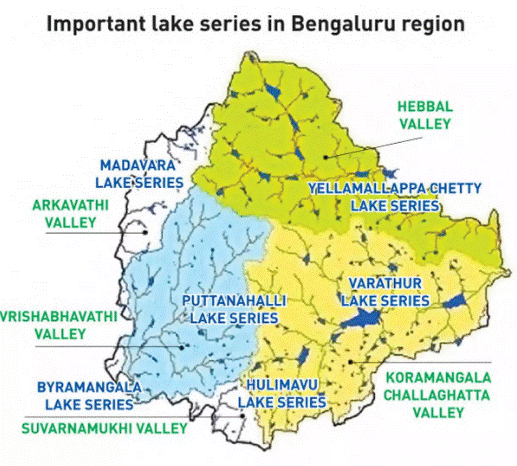900 319 0030
enquiry@shankarias.in
Bengaluru, India’s 3rd most populous city is facing the worst potable water crisis in its nearly 500-year history.

Day Zero refers to the “day when a city’s taps run completely dry, forcing people to stand in queues to collect their daily quota of water.”
India was one of the first signatories to the First World Convention on Waterbodies and Conservation held in Ramsar, Iran in 1971.
References